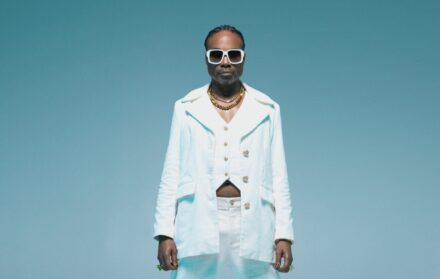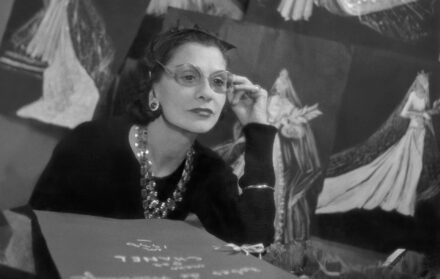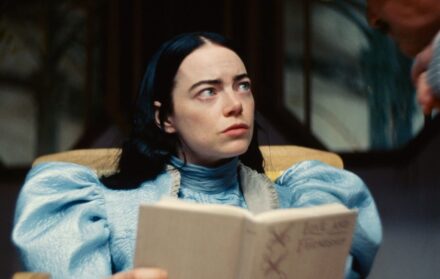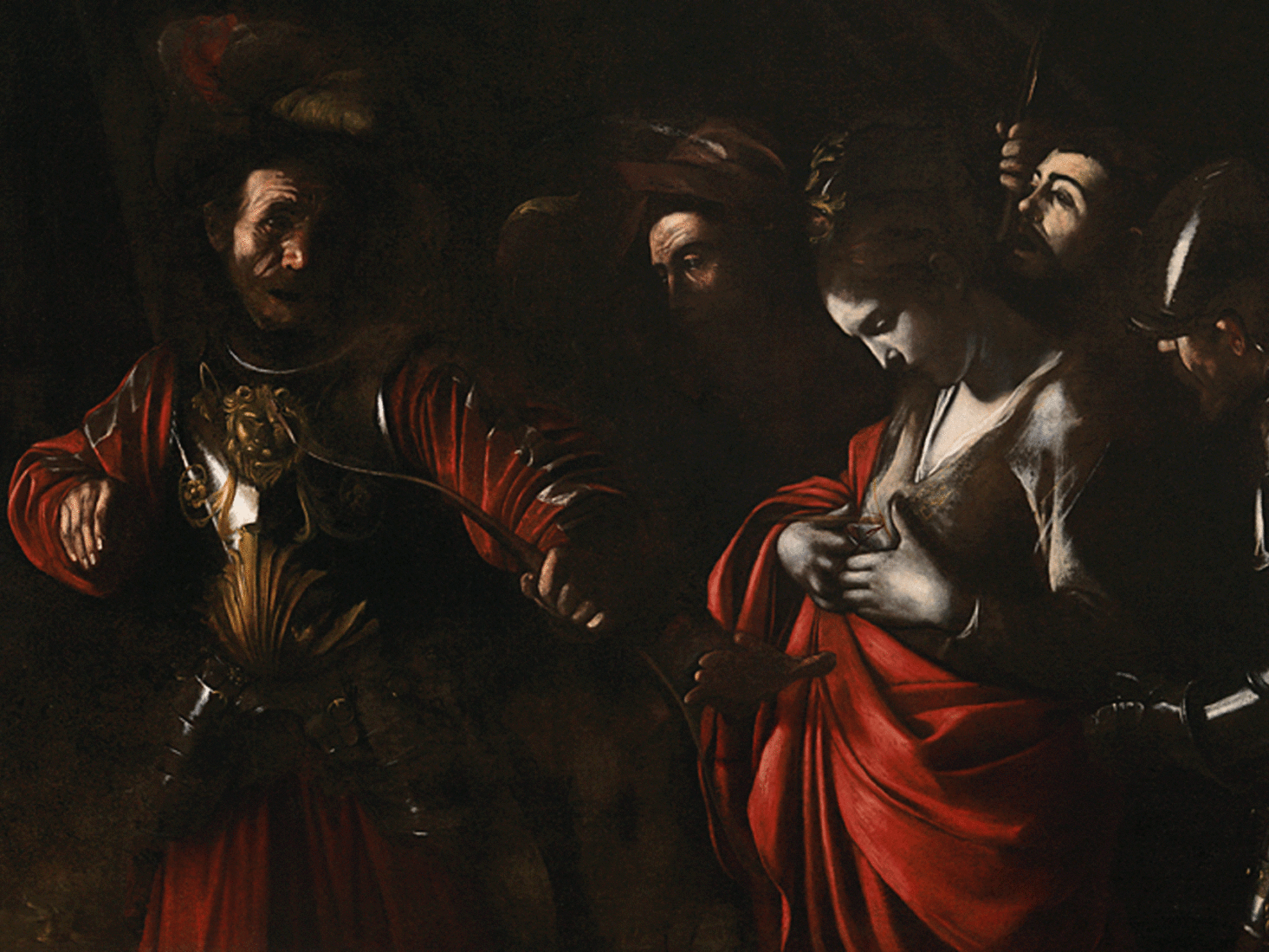
The Last Caravaggio: What the artist’s final painting tells us about his tumultuous life
An exhibition at the National Gallery shows little-seen paintings that Caravaggio created just before his death at the age of 38. They provide some clues as to the circumstances surrounding his long, slow demise…
Even those who don’t consider themselves art lovers will be familiar with Caravaggio’s paintings, with their powerful storytelling, detailed naturalism, and pioneering use of chiaroscuro (light and dark). The scenes the Italian painter created were often disturbing and depicted human suffering – making them difficult to forget.
What most people don’t know is that Caravaggio’s life was equally dramatic and that, thus, his work becomes an extension of his fraught existence. By the time he died in 1610, not even reaching his 40th birthday, he was disfigured, desperate, and on the run from numerous adversaries.
The paintings that he created during these final months reflect this. These include what experts believe to be Caravaggio’s last work (although there are contenders to this designation), The Martyrdom of Saint Ursula, painted in 1610, which is currently in the UK for the first time in 20 years for the National Gallery exhibition, The Last Caravaggio (until 21 July).
The painting hung, unnoticed, in numerous palazzi for years. It looked like a Caravaggio, but the painter’s wild success meant that, for a time in Italy in the 17th century, everything did. It was the discovery of a letter, also in the exhibition, describing Ursula’s commission that settled its provenance, as well as shedding some light on the story of Caravaggio’s downfall.
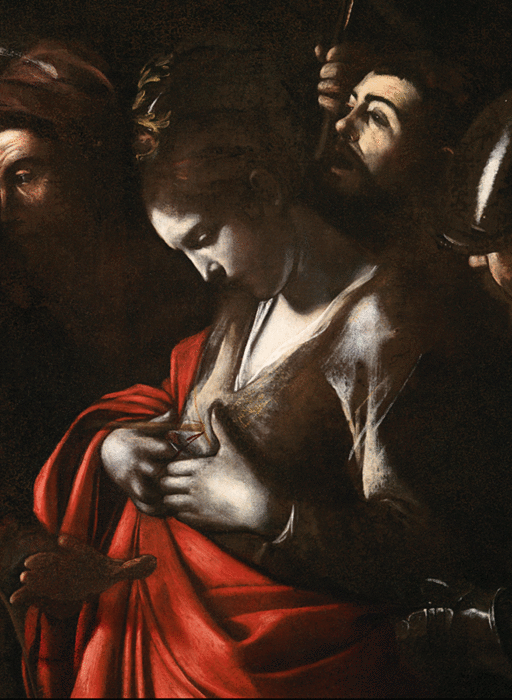
Details from The Martyrdom of Saint Ursula, Michelangelo Merisi da Caravaggio, 1610. Oil on canvas 143 x 180 cm Intesa Sanpaolo Collection Gallerie d’Italia – Napoli © Archivio Patrimonio Artistico Intesa Sanpaolo / foto Luciano Pedicini, Napoli.
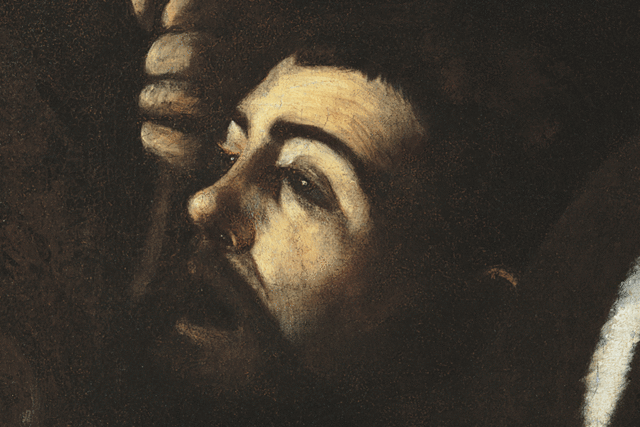
Caravaggio’s self portrait
The letter, sent to Ursula’s patron from his Naples-based agent, Lanfranco Massa, explains a delay in its delivery. Caravaggio was leaving Naples, Massa said, finishing the painting in such haste that it was still wet. The agent had therefore left it out in the sun to dry, which had softened the varnish. He needed to talk to Caravaggio “to find out how [he could] be sure of not ruining [the painting]”.
The reason Caravaggio was so desperate to depart Naples was that he had received a pardon for his part in a murderous brawl for which he had been on the run for years, meaning he could finally return to Rome. A few weeks after the dispatch of Ursula to the city, Caravaggio followed it. The painting arrived with its patron on 18 June 1610, but its creator never reached his destination. Instead, he died on the road the following month.
How fitting, then, that the painting includes a self portrait of Caravaggio (he featured himself in many of his works); only this disembodied version of himself – his legacy, if you like – reached the sanctuary of Rome.
The Caravaggio depicted in Ursula is a witness to the scene playing out: Saint Ursula, a princess according to mediaeval legend, undertook a European pilgrimage with a troupe of virgins. In Cologne they encountered some Huns, whose leader wished to marry Ursula. On refusing, the king shot her with an arrow, and the Huns massacred the virgins.
In traditional iconography, Ursula is depicted in the company of her murdered companions. Caravaggio’s version, in contrast, is closely cropped on the princess and the king. She is not hallowed, or surrounded by angels – her eyes are not turned heavenwards. Caravaggio does not rely on the gruesomeness of the story to evoke emotion (there are some pretty graphic depictions out there), but instead the raw intensity of the moment.
The Hun leader looks shocked, almost guilty, at the violence he has just committed. Ursula clasps the wound in her chest, looking stunned. Other figures reside in the background, barely visible in the chiaroscuro lowlights: one thrusts a hand between the archer and his target, too late to intervene, while a soldier lays a hand on Ursula’s arm. Behind him is Caravaggio, craning his head for a better view.
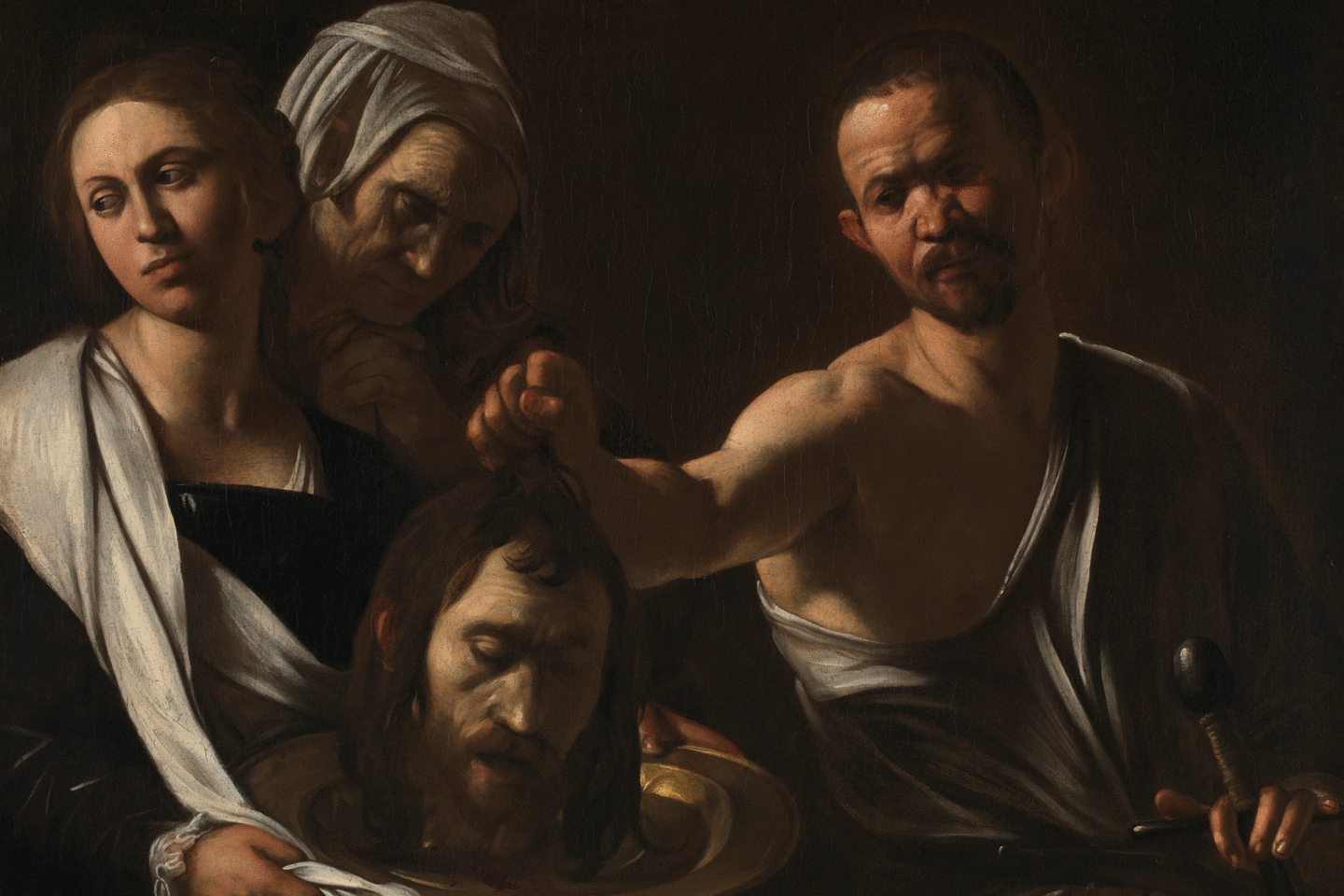
In the National Gallery exhibition, the painting is displayed alongside another of Caravaggio’s later works: Salome Receives the Head of John the Baptist (about 1609-10). The work depicts the story of the death of John the Baptist, who had criticised King Herod for marrying his deceased brother’s wife, Herodias. At a feast, Herodias’ daughter, Salome, so delighted the king with her dancing that he promised her anything she wanted. Prompted by her mother, she asked for John’s head.
Again, Caravaggio focuses on the human tragedy of the scene. The executioner places John’s head on a platter held by Salome, who averts her eyes in a mixture of disgust and guilt, or is it satisfaction? The angle of Salome’s and the executioner’s poses are the same – he may have wielded the sword, but the responsibility for John’s death lies with her. Meanwhile, an elderly maid clasps her hands in grief.
The violence of the scenes reflect Caravaggio’s violent life, and the theme of unnecessary loss of life recalls his own brushes with death. The painter began his career in Rome, the hub of the Italian art world. Cardinal Francesco del Monte recognised Caravaggio’s talent and took him into his household; it was through del Monte that the artist began receiving commissions. His earlier works, such as Boy Bitten by a Lizard, are conspicuously lighter and more upbeat than his later ones. But, in 1606, something happened that would set Caravaggio’s course on a dark trajectory.
There are differing accounts of Caravaggio’s murder of gangster Ranuccio Tomassoni. Some say that the two fought over a tennis match and that the artist stabbed his rival. Others suggest that their altercation was over the courtesan Fillide Melandroni. A report written by a surgeon indicates that Tomassoni’s bled to death through the femoral artery in his groin, suggesting that Caravaggio had tried to castrate him, which is consistent with the punishment administered at the time to men who had insulted a woman.
Caravaggio left Rome with a price on his head. He fled first to Naples, and then to Malta, with the aim of joining a religious military order, the Knights of St John. But here Caravaggio’s temper got the best of him again. He got into a fight with another knight and was expelled from the order, travelling to Sicily, and then back to Naples. He was terrified that he was being followed by the Knights, and possibly with good reason: one night, Caravaggio was attacked by a group of men who assaulted him so badly that he was left disfigured, with a later biography describing him as ‘unrecognisable’.
Meanwhile, Caravaggio’s friends in Rome had finally successfully petitioned the Pope for a pardon – all he had to do was get back to the city to receive benediction. But his poor fortune hadn’t been exhausted yet.
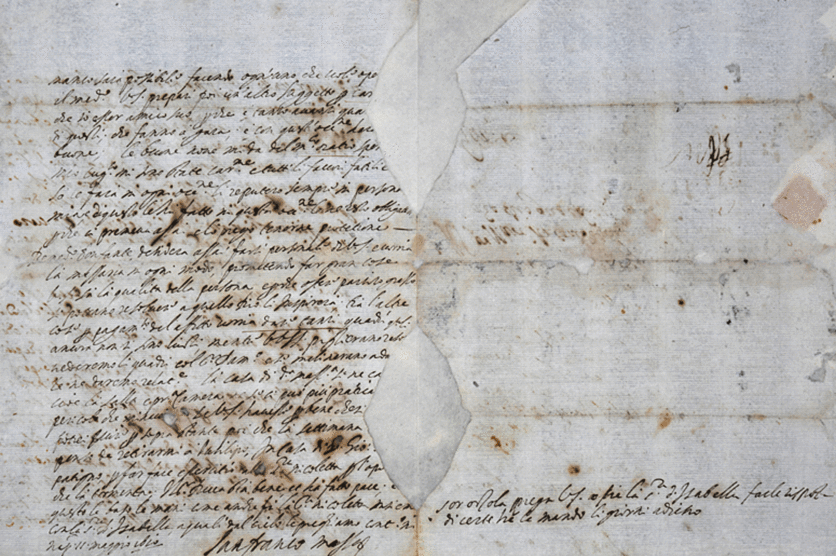
After finishing The Martyrdom of Saint Ursula and delivering it to Massa as quickly as he could, Caravaggio packed up his paintings and possessions and boarded a boat bound for Rome. When they stopped off in a port town, however, Caravaggio was arrested in what seems to have been a case of mistaken identity due to his scarred face. By the time he was released from jail, the boat had left without him. In desperation Caravaggio attempted to walk the 70-mile distance. During the journey he caught a fever and, a few days later, died at Porto Ercole.
The cause of Caravaggio’s death is contested; the fact is he had a lot of ailments, a lot of injuries, and a lot of people who wanted him dead. At the time, rumours held that either the Tomassoni family or the Knights had finally caught up with him. Later historians believed that Caravaggio may have died of syphilis or malaria. In 2010, however, archaeologists announced that they had discovered what they thought were Caravaggio’s remains, and testing these had revealed that he had lead poisoning, possibly from the paints he used; this could also explain his violent behaviour, which is one of the symptoms. Other research, however, concluded Caravaggio died from sepsis as a result of a wound.
Caravaggio evaded death so many times that perhaps, on some level, when the ship left him in the port town, he knew that fate had eventually caught up with him. He could fight the forces warring against him no more, and his body succumbed, somewhat anticlimactically, to whichever ailment got the better of him. He was never meant to get back to Rome and be pardoned. The last Caravaggio, in which Ursula seems bemused by and yet accepting of her death, becomes Caravaggio’s suicide note.
Visit nationalgallery.org.uk
Read more: Amy Winehouse, Saint Lucia and the third album that never was


